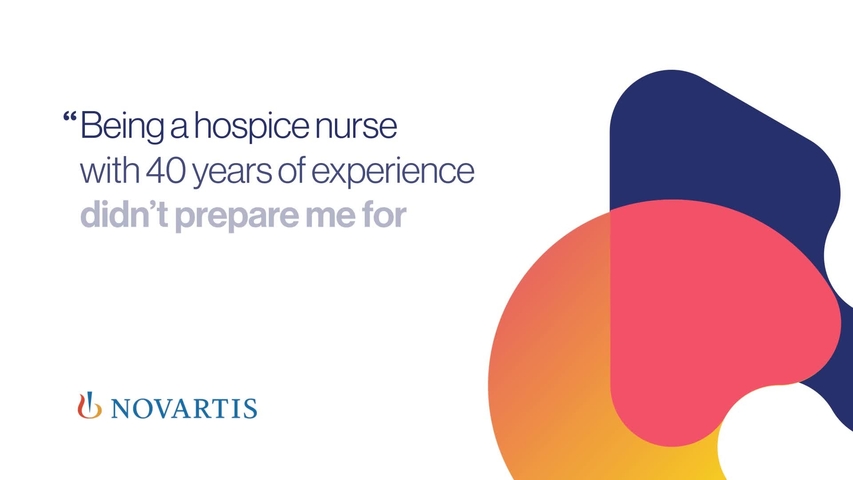Understanding breast cancer (BC) and the evolving needs of our patients
Approximately 1 in 8 women (13%) will develop breast cancer at some point in their life, making it the most commonly diagnosed cancer in the United States.1-2
In 2025, it’s estimated that 316,950 women in the United States will be diagnosed with breast cancer, with a growing number of diagnoses expected in women under 50 years old. Although more common in women, men can also get breast cancer – with an anticipated 2,800 new cases of invasive breast cancer diagnosed this year alone.1-2
Breast cancer occurs when cells in the breast tissue change and divide uncontrollably, typically resulting in a lump or mass.3 Nearly 70% of breast cancer tumors have the HR+/HER2- subtype, which means the most common form of the disease is driven by hormones like estrogen and progesterone.4
For more than 30 years, Novartis has been committed to treating breast cancer with bold science, collaboration, and a passion for transforming patient care. Thanks to our deep understanding of how the disease works, we have developed one of the most comprehensive breast cancer portfolios and pipelines, leading the industry in the discovery of new therapies and combinations to treat HR+/HER2- breast cancer. But we recognize innovation can only go so far – this is why we are also encouraging early detection and working to remove access barriers faced by patients along their care.





